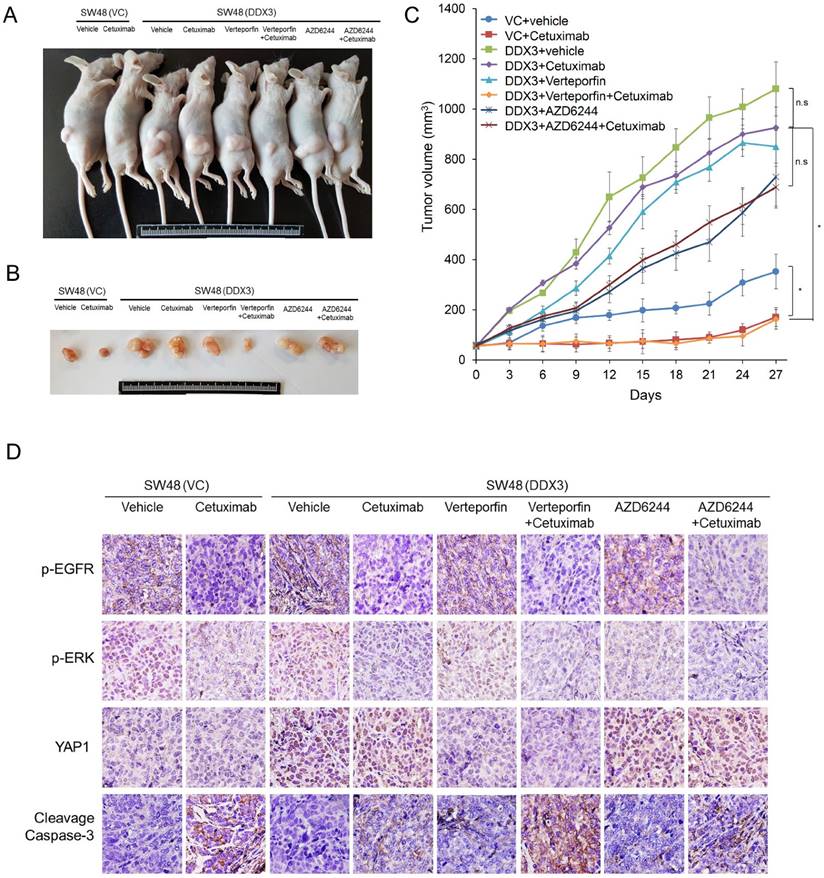Rectal Cancer Xenograft Model
Rectal Cancer Xenograft Model. Patient Derived Xenograft Models for Pancreatic Cancer. Establishing superior preclinical models is critical for translational cancer research owing to the high failure rates of novel therapeutics in clinical studies.

Additionally, these preclinical models are used to predict clinical response to anti‐cancer agents.
Patient derived xenografts (PDX) are models of cancer where the tissue or cells from a patient's tumor are implanted into an immunodeficient or humanized mouse.
PDX models are generated by xenografting cancer tissue fragments obtained from patients to immune deficient mice, and can be passaged into next generations of mice. Establishing superior preclinical models is critical for translational cancer research owing to the high failure rates of novel therapeutics in clinical studies. Biological profiles of nine xenografts were compared with those of the corresponding patient's tumor.





Comments
Post a Comment